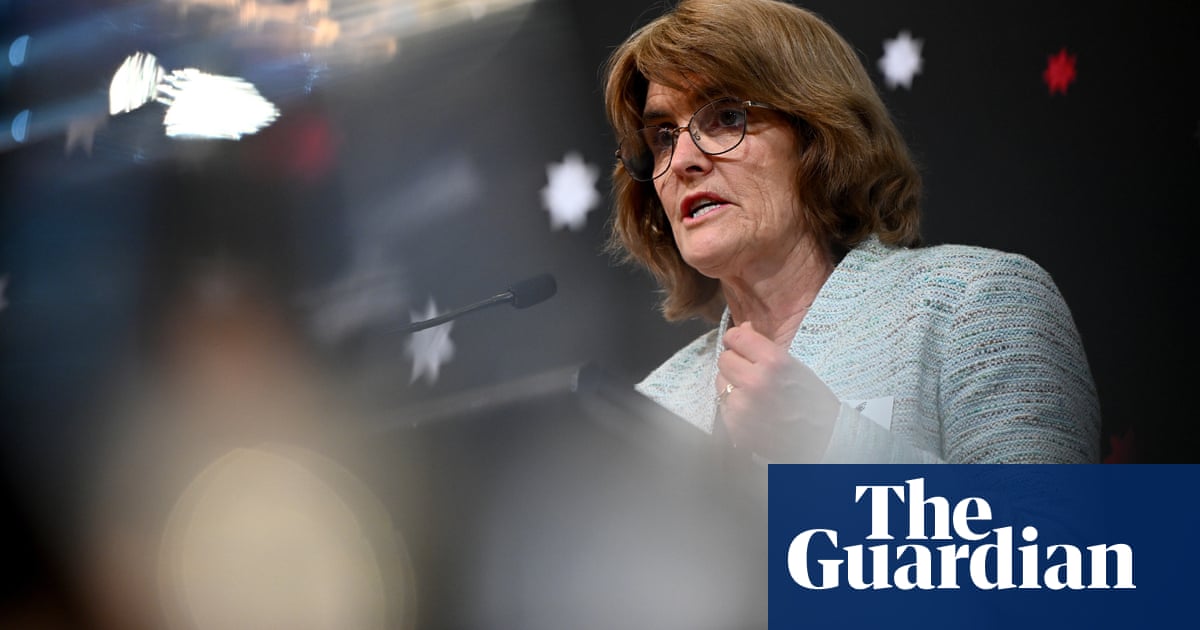When the Reserve Bank board meet next week to discuss interest rates, it will have an inescapable “best-laid schemes of mice and men” feel about it.
For sure, there will the usual meticulous assembly and assessment of data, including Wednesday’s relatively benign inflation figures.
The annual consumer price index landed at 2.8% for the September quarter from a year earlier, retreating for the seventh of the past eight quarters. It is now within the RBA’s 2%-3% target range for the first time since early 2021.
Most of the other trends were friends too. Underlying inflation, as measured by trimming off more volatile items, eased half a percentage point from the June quarter, to 3.5% – or about where the RBA had expected it to be by the end of 2024.
Shoppers may not yet appreciate it but the price of essentials, or non-discretionary items, were up 2.9%. Tradeable goods, including petrol, were barely up at all – rising just 0.6% – reflecting in part China’s faltering economy with more of their products exported.
Services were the most obvious holdout. It crept up for a second straight quarter to an annual pace of 4.6% – reflecting strong jobs growth in that sector – and will no doubt prompt the RBA governor, Michele Bullock, to repeat concerns about “sticky” inflation.
The RBA decision will almost certainly see it hold its cash rate at 4.35%, marking a year since its most recent rate hike. Attention will likely focus on whether the board at least considered a rate cut – something it hasn’t done in about four years.
As they do every quarter, the RBA’s monetary mavens will also update the central bank’s forecasts of where they think everything – from the oil price to government spending and household saving – will change over the next two years.
A routine event, as far as the schemes of the women and men of our central bank go. But how long might it take before Bullock’s nuanced comments or the finely calibrated forecasts are overtaken by events?
After all, the first polls will be opening in the US not long after the RBA’s board meeting wraps upon Tuesday.
Counting delays can be expected to elevate tensions – unless there is a decisive victory for Democrats or Republicans.
So far, markets seem to be adjusting to varying expectations of whether the US vice-president, Kamala Harris, will prevail for the Democrats or Donald Trump will make a return to the White House he reluctantly and ungraciously left four years ago.
“A Harris win is likely to see a great degree of policy continuity regarding trade (and, more broadly, industrial policy), immigration and Federal Reserve independence,” NAB’s senior economist, Tony Kelly, opined in a report released on Wednesday.
“A Trump presidency in contrast would pursue substantially different policy in these areas, although a divided Congress would impede some of his agenda.”
Trump’s promise of a 60% tariff on many imports is just one of the policy departures from the Democrat president, Joe Biden.
The RBA board will no doubt be mulling similar advice as it weighs up various scenarios – although don’t expect the wargaming to appear in its meeting minutes.
Perhaps everything will go smoothly in the world’s biggest economy. Everyone – in the US and elsewhere – can then return to dealing with more prosaic considerations, such as what December quarter inflation may look like and how soon might the RBA cut rates.
The alternative, though, of US political fights moving from the pulpit to the courts to the streets can’t be airily dismissed.









